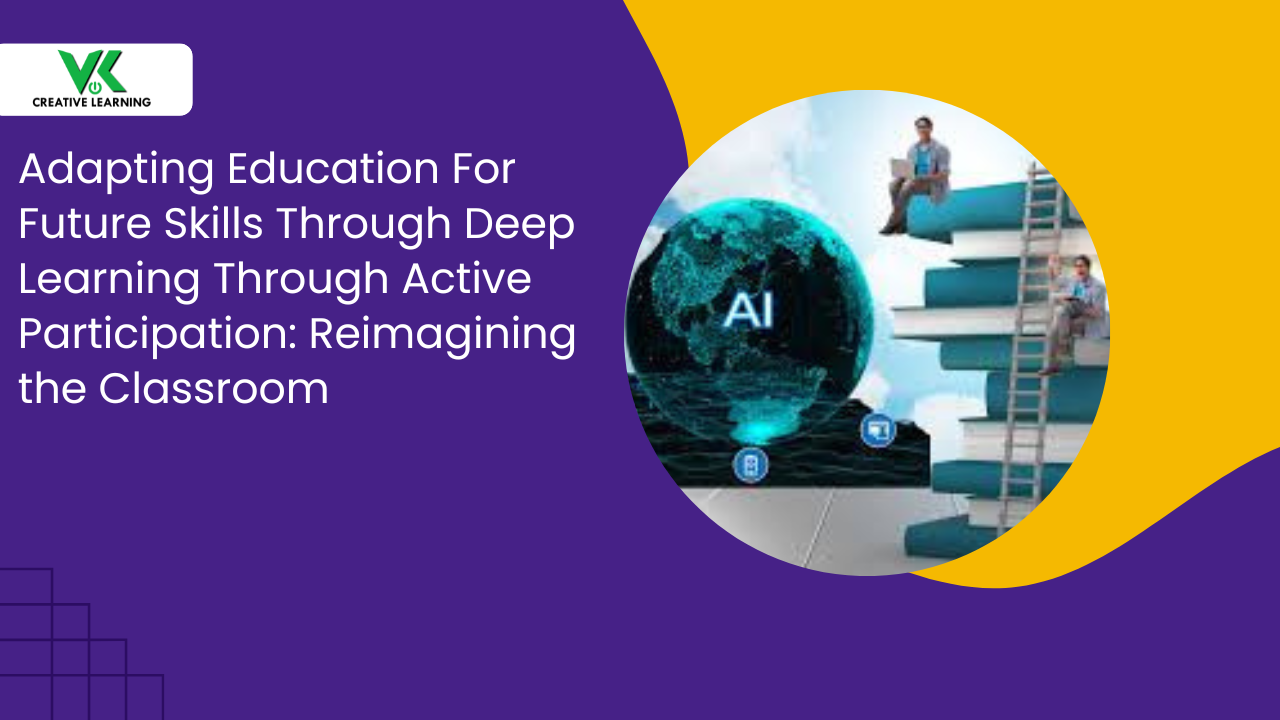Use of Observational Learning in Elearning Solution
May 09, 2022
As humans, we begin learning on our very first day. The majority of this early learning occurs via observation, such as observing friends, family members, and the surroundings in order to make sense of the world.
Understanding what is Observational Learning
Observational learning is the process of acquiring knowledge by observation of others' activities. The observed behavior is remembered and subsequently imitated.
Observational learning, also called shaping and modeling, is most prevalent in youngsters as they copy adult actions.
While we sometimes observe experts with the purpose of gaining new knowledge, observational learning occurs.
In this article, we shall understand what essential aspects lead to observation learning before explaining the importance and use of observational learning in eLearning solutions.
Four Observational Learning Processes
There are 4 elements that impact observational learning and they are:
- Attention
- Retention
- Imitation
- Inspiration
Once you get a hang of these aspects, it may become easy to understand how they can be used in a corporate eLearning course.
Let us examine each in further detail:
1. Pay close attention
For an observer to learn, he or she has to pay attention to everything around them. They must be aware of the model and the observed behavior. Attention levels might change depending on the model's and environment's attributes – such as the model's degree of resemblance to the observer or the observer's present mood.
In humans, it is probable that the observer will focus on the actions of models who are high-status, brilliant, intellectual, or in some manner comparable to the observer.
For instance, if you want to be the CEO of your firm, it makes sense to examine present CEOs and attempt to emulate their conduct.
2. Retention
Simply paying attention is insufficient to learn and master some new information. Additionally, the observer must retain, or recall the information at a later time.
To maximize retention, the observer's knowledge must be organized in an easily-remembered way by developing a daily learning habit.
The information must be readily recalled in order to do the activity with little or no effort.
Assume, for the sake of argument, that the current CEO is delivering a company-wide presentation. You observe that they are composed, self-assured, engaging, and maintain eye contact. You make a mental note of these characteristics and recall them the next time you do a presentation.
3. Imitation
The action is recalled; however, can it be carried out in real life?
Imitation is a procedure that requires the observer to be physically capable of doing the behavior in the actual world. It's much easier said than done.
Frequently, developing a new habit needs hours of practice to acquire the necessary abilities. You cannot just witness your CEO deliver an outstanding company-wide presentation and then employ exactly the methods observed in your own presentation a few minutes later. These are abilities that take years to develop and master.
Again, using our CEO as an example, you've seen and recognized four presenting abilities that the current CEO use. To be able to do these tasks alone, you must practice them purposefully. Perhaps you organize small team sessions to evaluate your abilities. Alternatively, you might get comments from team members on your presentation abilities. Within a few months, you will have honed your presentation abilities and may be prepared to adopt the CEO's conduct.
4. Inspiration
All forms of education involve some level of personal drive. The observer must be motivated to do the desired action in order for observational learning to occur.
Occasionally, the observer's motive is inherent. In other instances, motivation may manifest itself via external reinforcement - rewards and penalties.
Again, to use our CEO as an example, the motive is internal. You are aware that the route to becoming the CEO of your firm entails a certain set of skills.
Observational Learning through real-world scenarios
The most effective observational learning occurs when learners are introduced to real-world settings in which they may watch comparable personnel doing the desired behavior, notice favorable results, and perhaps voice concerns.
This may be accomplished by combining experiential learning with on-the-job training by connecting new recruits with established employees. For instance, a new recruit matched with an experienced customer service executive may watch the proper procedure to follow, her nice demeanor and tone of voice, and how to deal with an irate client, among other things.
Observational Learning in eLearning solution for an optimal learning experience
VK Creative Learning (VKCL) is one of the leading eLearning development companies which has been creating various types of eLearning solutions for more than a decade.
It includes the concept of observation learning in various eLearning courses in the form of videos, animations, and simulations.
Described below are the ways it uses observational learning in videos, animations, and simulations.
Videos
Often, it is impossible to allow trainees to watch a real-world event, such as a real-world pricing negotiation or physician-patient discussion. In this case, VKCL employs recorded movies in eLearning solutions to assist learners in comprehending the finer subtleties of the new behavior. They will be able to apply the finer nuances in real-world circumstances after they have gained an understanding of them via observational learning.
Animations
Animations in an eLearning solution function similarly to videos, except that VKCL has to devote significant technological and design knowledge to ensure that the animated characters exhibit the same facial emotions, hand gestures, and body language as a real person. Otherwise, learners may struggle to establish a connection with them.
Simulations
Simulation of various work processes can be shown to the new recruits so that they will get an understanding of them. This way the necessity of dedicating an employee to explain various processes is reduced.
Similarly, in an industry, new technicians can be trained on the use of various types of machinery or handling various chemicals, without the need to directly work on dangerous chemicals. This way the technicians get initially trained using the simulations before handling any costly machinery or dangerous chemicals. The best part is that the simulations allow them to interact with the environment which is similar to the workplace.




